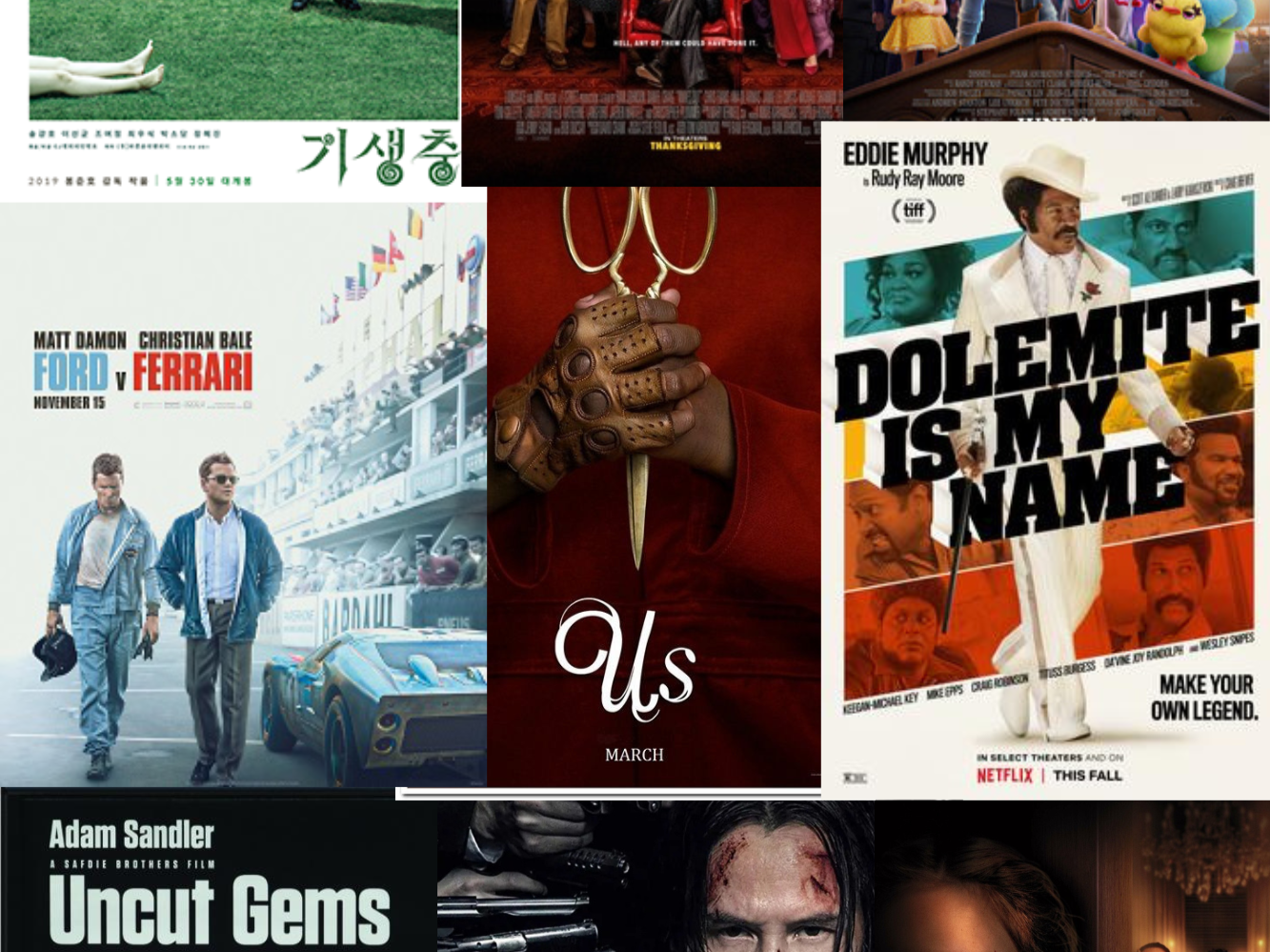The MCU closed a loop and the Skywalker Saga ended, and then a microbe irrevocably scrambled what was left of our reality. As a result, these seem so much older than they actually are.
Read More
The true cinematic fallout wouldn’t happen for another few years (All the President’s Men is 1976), but the Watergate-based vibes are already on display in the same year that Nixon resigned. Did we, as a culture, ever really recover?
Read More
Thirty years ago, most people weren’t online yet, or at least hadn’t made Internet life a part of their regular life. It was still an intriguing novelty, a mostly silent virtual gathering space for X-Files conspiracy theorists and people earnestly searching for nudity. But Hollywood logged on, and even the movies that weren’t explicitly about the Internet had online-adjacent subtext. Pandora’s modem had been activated.
Read More
You can rarely judge the quality of a movie year by its Oscar winners, but 2002 is especially misrepresented by the victory laps from well-meaning homework like Chicago and The Hours. You’ll notice neither of those movies show up on the list below, but what does appear runs an incredible gamut of genres and styles and moods. Any movie year can have elite titles at the top of the year-end critics lists, but how many can boast such high-quality junk?
Read More
In the year 2000, I both graduated high school and began my freshman year at New York University. One of the most thrilling aspects of moving to Manhattan was the fact that I would now have access to most every movie released to theaters right away. In the past, I had to sometimes wait months for indie flicks to get to Hartford’s one art house theater where it would play for a week. By the end of that year I was living around Washington Square Park and within walking distance of some of the best independent screens around.
Read More
Movie
The Client, released July 20 1994
Read More
The Movie
The Pelican Brief, released December 17 1993
Read More
Movie
The Firm, released June 30 1993
Read More
Movie
Disclosure, released December 9 1994
Read More
For more than five years, my old Entertainment Weekly pal Derek J. Lawrence and I hosted a weekly podcast called The Filmography.
Read More
Movie
Hackers, released September 15 1995
Read More
Movie
True Romance, released September 10 1993
Read More
Movie
Sleepless In Seattle, released June 25 1993
Read More
Movie
I Know What You Did Last Summer, released October 17 1997
Read More
Movie
Demolition Man, released October 8 1993
Read More
Movie
The Craft, released May 3 1996
Read More
Movie
Good Will Hunting, released December 5 1997
Read More
Movie
Batman Forever, released June 16 1995
Read More
Movie
Can’t Hardly Wait, released June 12 1998
Read More
Movie
Singles, released September 18 1992
Read More




